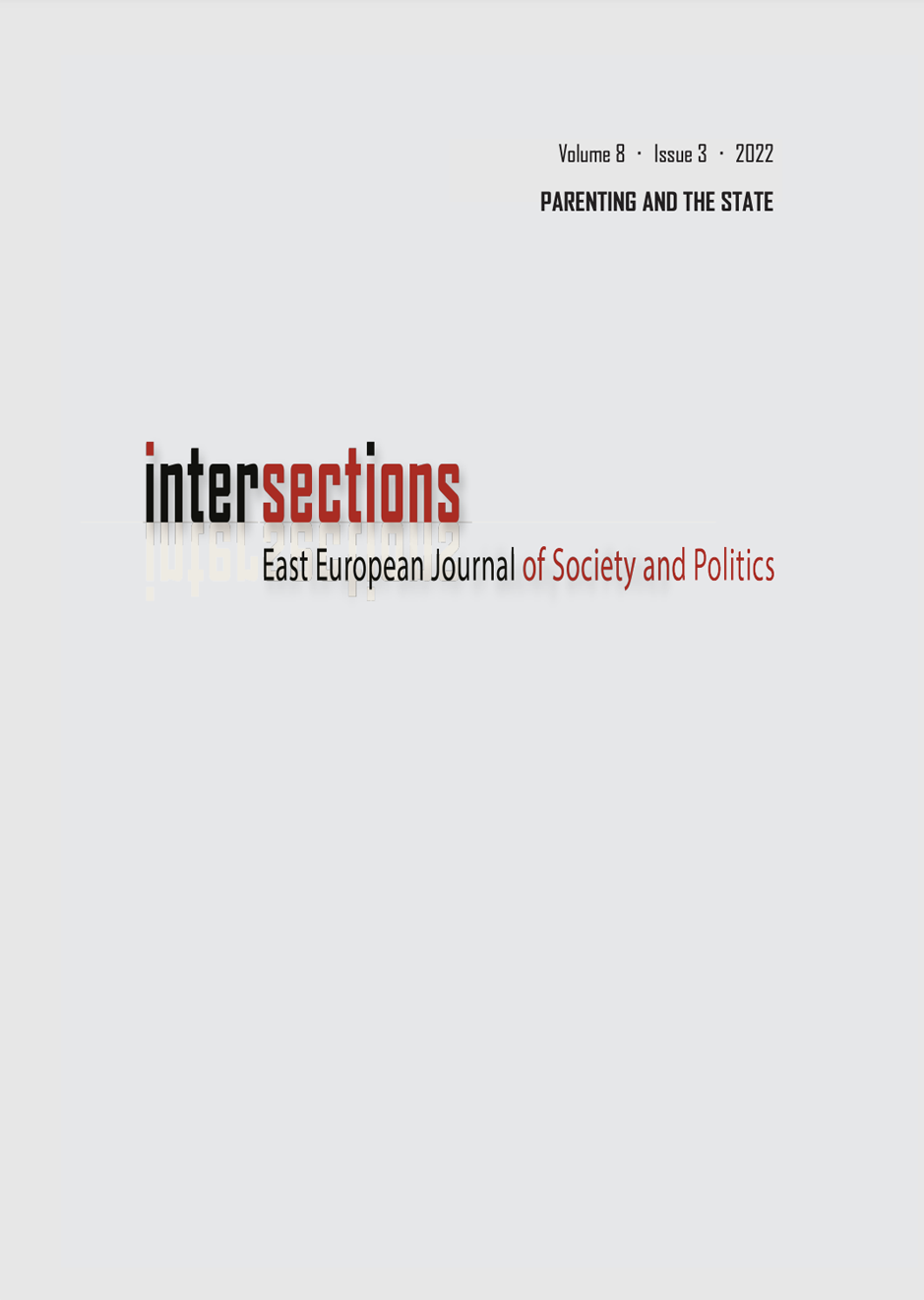The Chinese model of development
A special variety of East Asian development paths to avoid the middle-income trap?
DOI:
https://doi.org/10.17356/ieejsp.v8i3.929Keywords:
middle-income trap, development, China, Chinese model, ‘third road’, varieties of capitalismAbstract
Over the past couple of years, China has made formidable efforts to shift to new sources of economic growth, modernise the structure of its economy, accumulate human capital, and boost local innovation in order to graduate to a high-income economy. However, the pace of growth has slowed down in the past few years, entailing the risk of the country being stuck in a so-called middle-income trap (MIT). This paper reviews China's chance of avoiding the MIT by analysing four groups of factors – three quantitative and one qualitative – and using Japanese and South Korean development as reference points. The paper concludes that China is likely to be able to avoid the MIT and is expected to move into the high-income (HI) band within 7–8 years thanks to its achievements and structural reforms that have already begun. However, the paper also raises the question whether China will be able to avoid the ‘post-trap’ situation – the high-income trap – that has already trapped Japan and South Korea in the HI band.

Downloads
Published
How to Cite
Issue
Section
License
Copyright Notice
Authors who publish with this journal agree to the following terms:
Authors retain copyright and grant the journal right of first publication, with the work three months after publication simultaneously licensed under a Creative Commons Attribution License that allows others to share the work with an acknowledgement of the work's authorship and initial publication in this journal.
Authors are able to enter into separate, additional contractual arrangements for the non-exclusive distribution of the journal's published version of the work (e.g., post it to an institutional repository or publish it in a book), with an acknowledgement of its initial publication in this journal. This acknowledgement is not automatic, it should be asked from the editors and can usually be obtained one year after its first publication in the journal.



